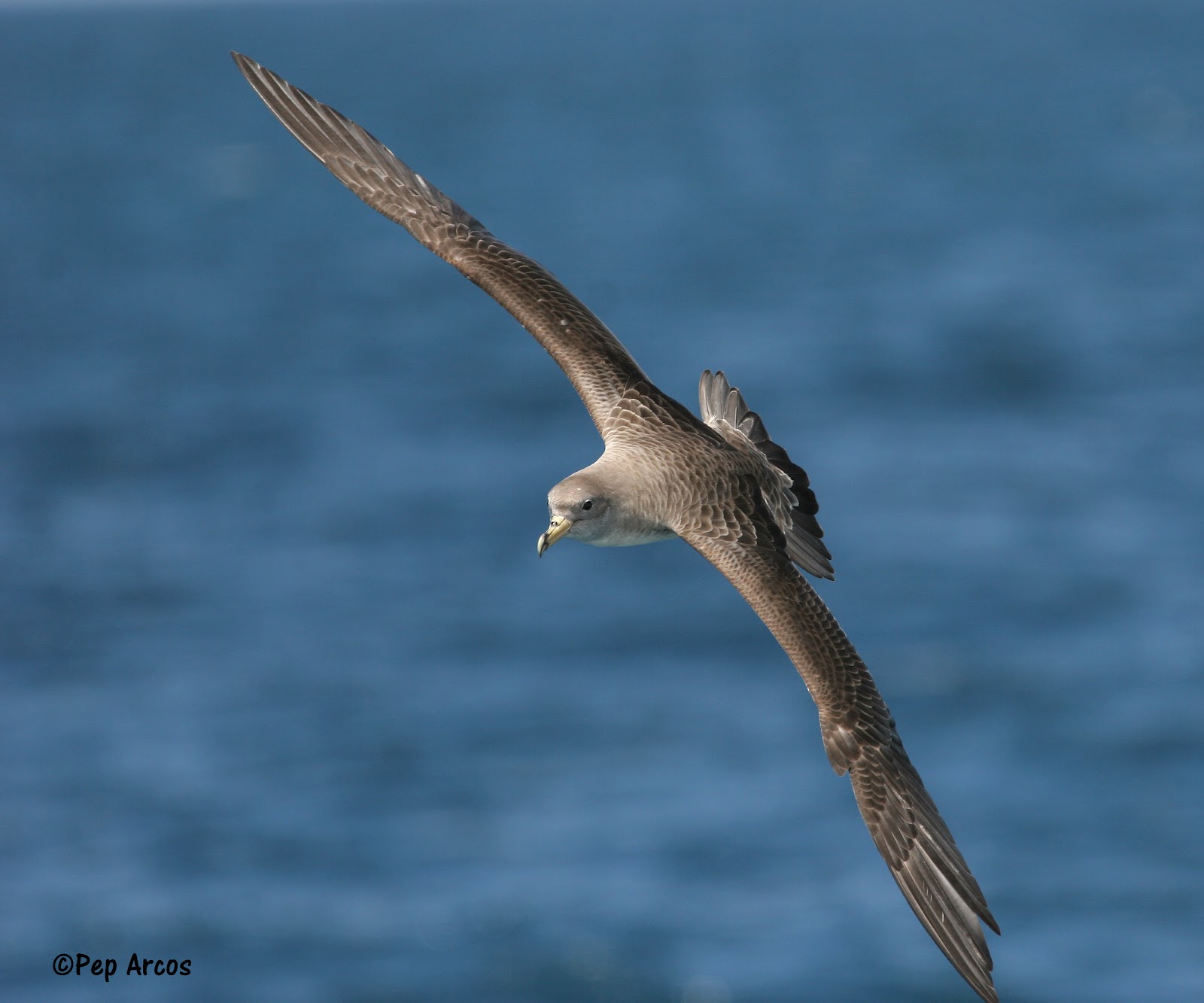Andrew Reynolds (Rothamsted Research, Harpenden, UK) and colleagues have published in the Proceedings of the Royal Society B on the ability of the three species of Calonectris shearwaters to navigate at sea using their sense of smell.
The paper’s abstract follows:
“Homing studies have provided tantalizing evidence that the remarkable ability of shearwaters (Procellariiformes) to pinpoint their breeding colony after crossing vast expanses of featureless open ocean can be attributed to their assembling cognitive maps of wind-borne odours but crucially, it has not been tested whether olfactory cues are actually used as a system for navigation. Obtaining statistically important samples of wild birds for use in experimental approaches is, however, impossible because of invasive sensory manipulation. Using an innovative non-invasive approach, we provide strong evidence that shearwaters rely on olfactory cues for oceanic navigation. We tested for compliance with olfactory-cued navigation in the flight patterns of 210 shearwaters of three species (Cory's shearwaters, Calonectris borealis, North Atlantic Ocean, Scopoli's shearwaters, C. diomedea Mediterranean Sea, and Cape Verde shearwaters, C. edwardsii, Central Atlantic Ocean) tagged with high-resolution GPS loggers during both incubation and chick rearing. We found that most (69%) birds displayed exponentially truncated scale-free (Lévy-flight like) displacements, which we show are consistent with olfactory-cued navigation in the presence of atmospheric turbulence. Our analysis provides the strongest evidence yet for cognitive odour map navigation in wild birds. Thus, we may reconcile two highly disputed questions in movement ecology, by mechanistically connecting Lévy displacements and olfactory navigation. Our approach can be applied to any species which can be tracked at sufficient spatial resolution, using a GPS logger.”
Read more about this publication here.

Scopoli's Shearwater at sea, photograph by Pep Arcos
Reference:
Reynolds, A.M., Cecere, J.G., Paiva, V.H., Ramos, J.A., Focardi, S. 2015. Pelagic seabird flight patterns are consistent with a reliance on olfactory maps for oceanic navigation. Proceedings of the Royal Society B DOI:10.1098/rspb.2015.0468.
John Cooper, ACAP Information Officer, 07 July 2015

 English
English  Français
Français  Español
Español